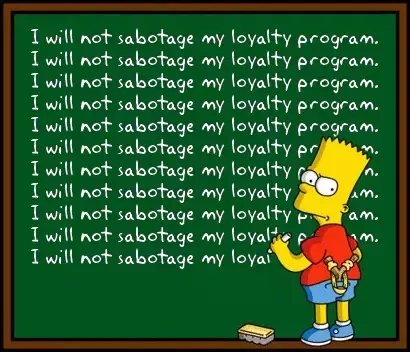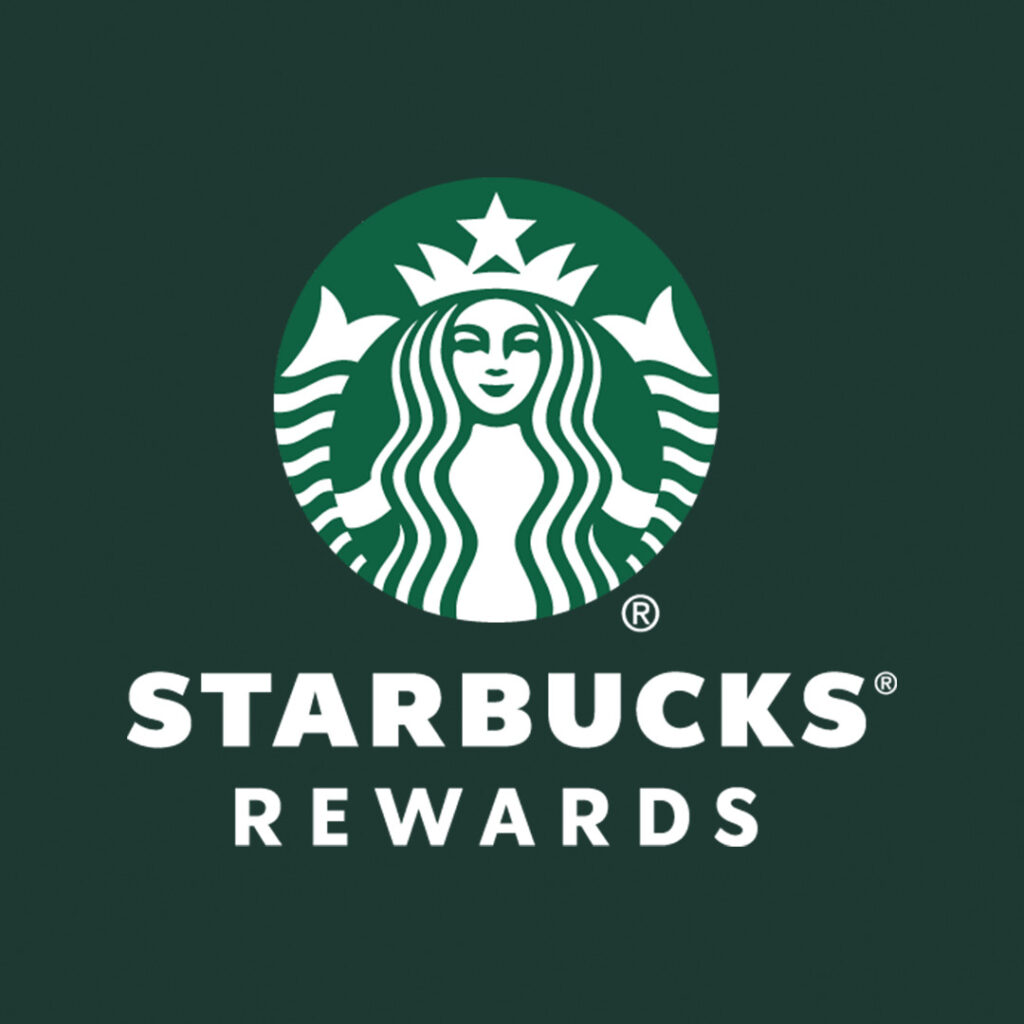
Customer loyalty is a crucial factor in driving long-term success, particularly in this highly competitive environment. Companies across various industries invest significant resources into designing and implementing loyalty programs, hoping to acquire and retain customers and boost sales. However, in some cases these initiatives fall short of their intended goals, often due to avoidable mistakes. This blog post will delve into high-profile cases where loyalty programs failed to meet customer expectations or faced backlash, analysing what went wrong and providing actionable insights for businesses to avoid similar pitfalls.
Starbucks Rewards: Loyalty Divided
Starbucks’ loyalty program initially rewarded frequent visits over spending, leading to frustration for high-spending customers.
Starbucks’ loyalty program in the United States, has previously alienated members for its confusing and frequently changing rewards structure.
In the previous iteration of the program, customers earned stars based on the number of visits rather than the amount spent. This meant that regardless of whether you bought six specialty coffees plus pastries for the office or just grabbed a cup of brewed coffee, you earned a single star per visit. Understandably, this system seemed unfair to many customers.
In response, in 2016 Starbucks introduced a new scheme where every dollar spent would earn two stars. On the surface, this appeared to reward higher-spending customers, but in reality, it alienated those who preferred lower-priced items. For instance, under the old system, achieving a free item required 12 stars, equating to 12 visits. However, under the new plan, it would take approximately 30 visits for a customer purchasing cheaper items to earn the same reward – hardly an enticing proposition.
Furthermore, achieving “gold” tier status, once attainable within 30 visits in a year, became significantly more challenging under the revised program. For customers purchasing $2 coffees, reaching this status would now necessitate approximately 75 visits, a substantial increase from the previous requirement.
Ironically, Starbucks touted the change with the slogan “More Stars,” conveniently overlooking the devaluation that occurred as a result which effectively diminished the value of stars by a factor of ten. This messaging misstep only served to exacerbate customer frustration and reinforce the perception of the program’s shortcomings.
Starbucks eventually addressed the concerns by introducing a better structed tiered system that offered more redemption options, but not before they learned their lesson.
Lesson Learned
Simplicity and transparency are key when it comes to loyalty programs. Frequent changes and complex rules can confuse and alienate customers, undermining the very purpose of the program.
Starbucks’ experience underscores the importance of maintaining a clear and consistent rewards structure that aligns with customer expectations. Moreover, effective communication of changes and their implications is essential to maintain trust and engagement. By prioritising simplicity and transparency, businesses can foster stronger customer loyalty and avoid the pitfalls of convoluted loyalty programs.

Uber Rewards – Limited Accessibility and Communication Issues
Uber Rewards initially launched in only six countries, leaving a large portion of the customer base feeling excluded.
In 2018, Uber introduced Uber Rewards to incentivise customer loyalty. However, the program faced challenges due to limited accessibility and unclear communication, leaving many customers feeling excluded and frustrated.
Initially available in only six countries, Uber Rewards restricted access to rewards for customers outside these regions. This limitation created a sense of exclusion among customers who were unable to participate in the program, diminishing their overall experience with the brand.
Furthermore, changes to the program were not effectively communicated to members, leading to confusion and disappointment. Without clear and timely communication about program updates, customers were left unaware of changes to rewards, earning opportunities, and redemption options.
Additionally, the points earned through the program were seemingly not transferable across countries. This lack of flexibility further restricted accessibility to rewards for customers traveling internationally or residing in regions where the program was not available.
Lesson Learned
Uber’s experience highlights the importance of ensuring loyalty programs are accessible worldwide, fostering both inclusivity and engagement. Clear and timely communication of program changes is crucial to prevent confusion and disappointment among members. Additionally, maintaining flexibility in rewards earning and redemption to accommodate customer preferences and in this case travel habits is essential for enhancing the overall loyalty program experience.

Dillard’s: Failing to Motivate with Lacklustre Rewards
Dillard’s loyalty program offered minimal rewards and progressively alienated entry-level members with increasingly exclusive perks.
Dillard’s, an upscale United States department store, aimed to maintain its luxury image through its rewards program. However, the program’s lacklustre rewards failed to excite customers, resulting in low engagement and dissatisfaction.
Initially launched in 2004, the credit card rewards program offered enticing perks like free shipping and gift wrapping. However, over the past few years, Dillard’s have made these perks exclusive to Elite Status customers, requiring an annual spend of at least $2000. This shift alienated entry-level members, who no longer felt valued or motivated to participate.
Furthermore, the rewards offered minimal value, with a $10 or 10% reward for every $750 spent. This high spending threshold and low reward value failed to incentivise customers to actively engage with the program.
Dillard’s not only failed to offer compelling rewards but had made previously always-on and available for all become exclusive perks available only to high spenders, and neglected to consider customer motivations and preferences in reward design, resulting in low engagement and dissatisfaction.
Lesson Learned
Dillard’s experience underscores the importance of offering rewards that align with customer preferences, ensuring accessibility for all members, and regularly reviewing and updating the rewards program to maintain relevance and appeal.
The Road to Loyalty
The three cautionary tales explored in this blog post highlight a crucial truth: loyalty programs are not magic bullets. Complex structures, opaque communication, and rewards that fail to resonate with customers can backfire spectacularly.
So, how can businesses navigate these pitfalls and build genuine loyalty?
The answer lies in a customer-centric approach.
Focus on the Why, Not Just the How
Instead of solely chasing transactions, understand what truly motivates your customers. Do your customers value convenience? Exclusivity? Personalised experiences? – Tailor your program to cater to these core desires.
Transparency is Key
Clearly communicate program details, reward structures, and any changes well in advance. Do not let confusing rules erode customer trust.
Make it Personal
Go beyond one-size-fits-all rewards. Offer tiered systems or introduced personalisation based on individual preferences. Loyalty is a two-way street and thus brands must show customers they value them as individuals.
Building Loyalty is a Journey, Not a Destination
Loyalty programs require ongoing management and adaptation. Regularly collect customer feedback, analyse program performance, and refine your approach to ensure it remains relevant and engaging.
By prioritising these principles, businesses can create loyalty programs that foster genuine connections, drive long-term customer engagement, and ultimately lead to sustainable success, avoiding their loyalty program going wrong.

Remember – loyalty is earned, not bought. Invest in building a brand experience that resonates with your customers, and the rewards will follow.
Looking to create your own loyalty program?
Our loyalty consultants can help. Contact us to learn more about how we can help design your loyalty program and learn about our comprehensive loyalty services. Talk with our loyalty consultants to understand how to develop or optimise your loyalty program strategy today.

